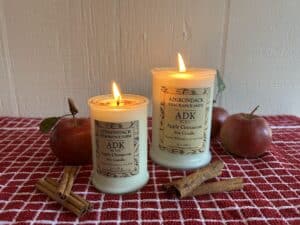
Fall Self-Care: Pamper Yourself with Cozy Essentials
Ah, fall! A season of change, crisp air, and brilliant foliage. It’s that magical time when nature puts on a fiery show, and we all start to crave those warm, comforting moments indoors.

Soap is a substance with differing forms, significance, and accessibility depending on one’s gender, class, and culture. In honor of International Women’s Day, here is an incomplete history lesson on the evolution of soapmaking as a craft and the role women, class, and culture have played.
Soap is not one of history’s easiest fossils to dig up, so while we do not know exactly when the first human combined a bit of fat and plant ash into a cleansing detergent, the earliest written evidence exists on a clay tablet from Ancient Mesopotamia. Dating from around 2200 BCE, a short recipe for an impure liquid laundry soap is engraved in clay.
Since this account is from one of earth’s oldest civilizations, we can imagine that soap has been a constant throughout human history, though admittedly some cultures may have used more or less of it on average (looking at you, medieval europe).
Though we commonly think of soap as something which must be made by human hands via some chemical process, many indigenous cultures harnessed the fact that mother nature is also a talented soapmaker. Plants high in the saponin compound such as soapwort or yucca form a sudsy, cleansing liquid when combined with water.
As human civilization developed to form larger settlements with more specialized jobs, soapmaking underwent a technological upgrade. Middle-class artisans could now spend their careers perfecting and improving the craft. The manufacture of soap needed specialized knowledge and materials—and was correspondingly gatekept, taxed, and regulated by men-only guilds. The previous accessibility of soapmaking in its more simple days was now gone, as the guilds used regulation to prevent the home production of soap in order to increase tax revenue.
A few hundred years later in the American colonies, the majority of soap on the american continent was now being produced by lower class women and girls in order to avoid steep taxes on the product by the English. In the spring, scraps of animal fat saved from the winter months would be combined with lye, which was typically made from wood ashes, to create a basic soap that could be used for laundry, household items, and personal hygiene. Previously gatekept from the practice, women were now expected to produce soap and other goods like fabric and clothing as part of their “duty” to the home. This domestic labor was hard, smelly work requiring six to eight hours of stirring over an open flame and came with no monetary compensation nor social prestige.
The Industrial Revolution had a significant impact on soap production, as it did on practically every other facet of daily life. Once again encountering a technological upgrade, the production of soap migrated from the home to male-owned factories, where it could be mass-produced and sold. As a result, soap use increased dramatically, as marketing campaigns hoped to increase sales by creating a demand for soapy cleanliess. Women were once again relegated to Many of these major brands persist on today’s supermarket shelves and their CEOs and board rooms and remain wealthy, male-dominated, and white.

So, is that the end of our little history? For those who have not yet discovered the joy and beauty of handmade soaps, it might be. Thankfully, by the late 20th century, a wave of women and minorities began taking up this ancient craft and producing wonderful handmade soap with a unique creative flair reflecting their respective regions and communities. Though many people contributed to this wave, we would like to recognize our wonderful founder Sandy Maine for her early work in publishing The Soap Book (1995), and Creating an Herbal Bodycare Business (2002). These small women-led businesses incorporate the ecological and herbal foundation of soap’s earliest indigenous history combined with an innovative and creative craft expertise.
Although we have come far, there is still much work to be done in improving the economic and social situation of women, particularly those who face adverse systemic injustice due to their race, class, sexuality, gender presentation, or chronic illness. As we continue forward we hope to not only recognize, but also honor with our actions, the great contributions women have made to history and the hygiene of billions.
Sources:
Tanya Anderson. “List of Natural Soap Plants High in Saponins.” Lovely Greens, 2 Nov. 2022, https://lovelygreens.com/9-natural-soap-plants-for-making-lye-free-soap/.
Kristine L. Konkol and Seth C. Rasmussen. “An ancient cleanser: soap production and use in antiquity.” Chemical Technology in Antiquity. American Chemical Society, 2015. 245-266.
Kimberly L. Kostka and David D. McKay. “Chemists, Clean up: A History and Exploration of the Craft of Soapmaking.” Journal of Chemical Education 79.10 (2002): 1172-1175.APA

Ah, fall! A season of change, crisp air, and brilliant foliage. It’s that magical time when nature puts on a fiery show, and we all start to crave those warm, comforting moments indoors.
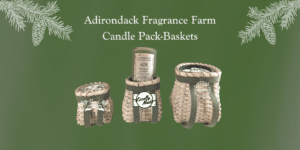
Table of Contents Adirondack Style Mini Pack Baskets: The Perfect
Table of Contents Memories of Childhood As child, one
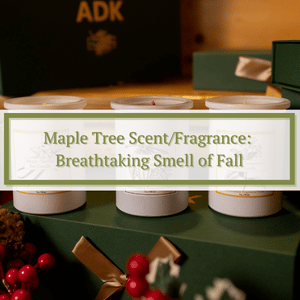
How to smell the Fall and maple trees? Find out choices for “October Glory” before transiting to the scents of the upcoming holiday season here!
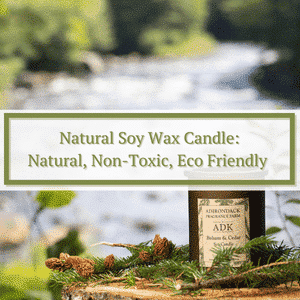
Do you know that we can make a soy wax candle out of soybeans? Click to learn about types of candle waxes and the soy-based wax benefits.
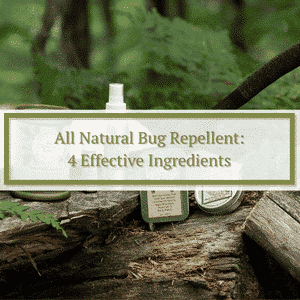
Summer harvest time… the universe celebrates this time of the year with joy, sunshine, and warmth. While enjoying life in summer time, we must be aware of the tiny insects – staring at us menacingly and hungrily. Click to learn natural bug repellent’s ingredients.
As a valued member of our community, we wanted to
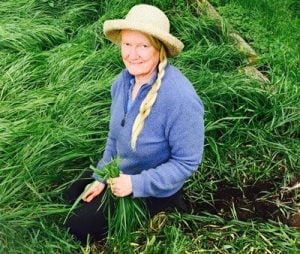
Table of Contents Community supported fragrance (CSF) is a unique
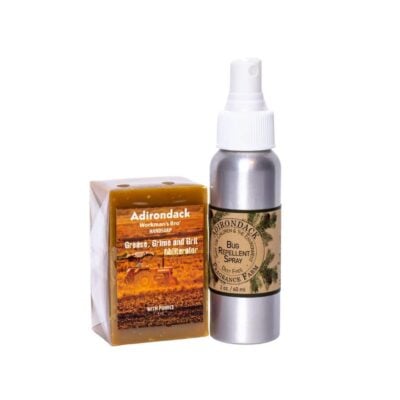
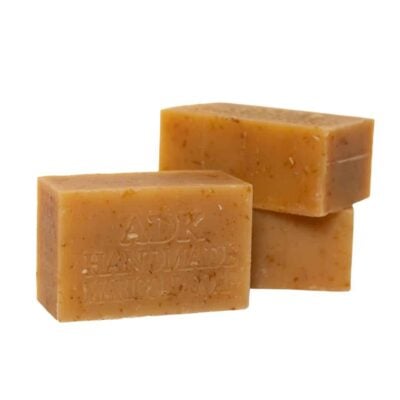
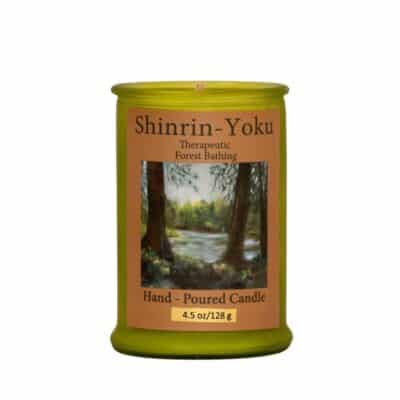
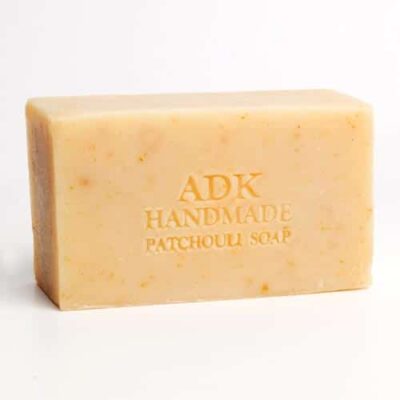
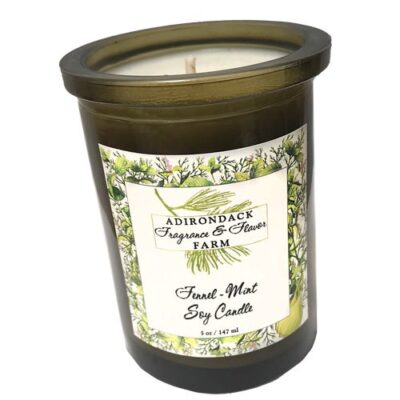
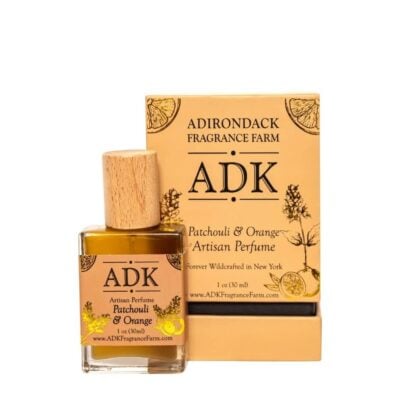
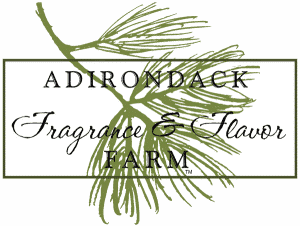
We are your gateway to the serene Adirondack Forest, offering natural fragrances, candles and body care.
OFFICE: Monday – Friday:
8:00 am – 4:00 pm
GIFT SHOP:
Mon-Fri 8am – 4pm
Sat 10am – 4pm
Please Note: In-person orders can be placed by phone and picked up at the loading dock same day!